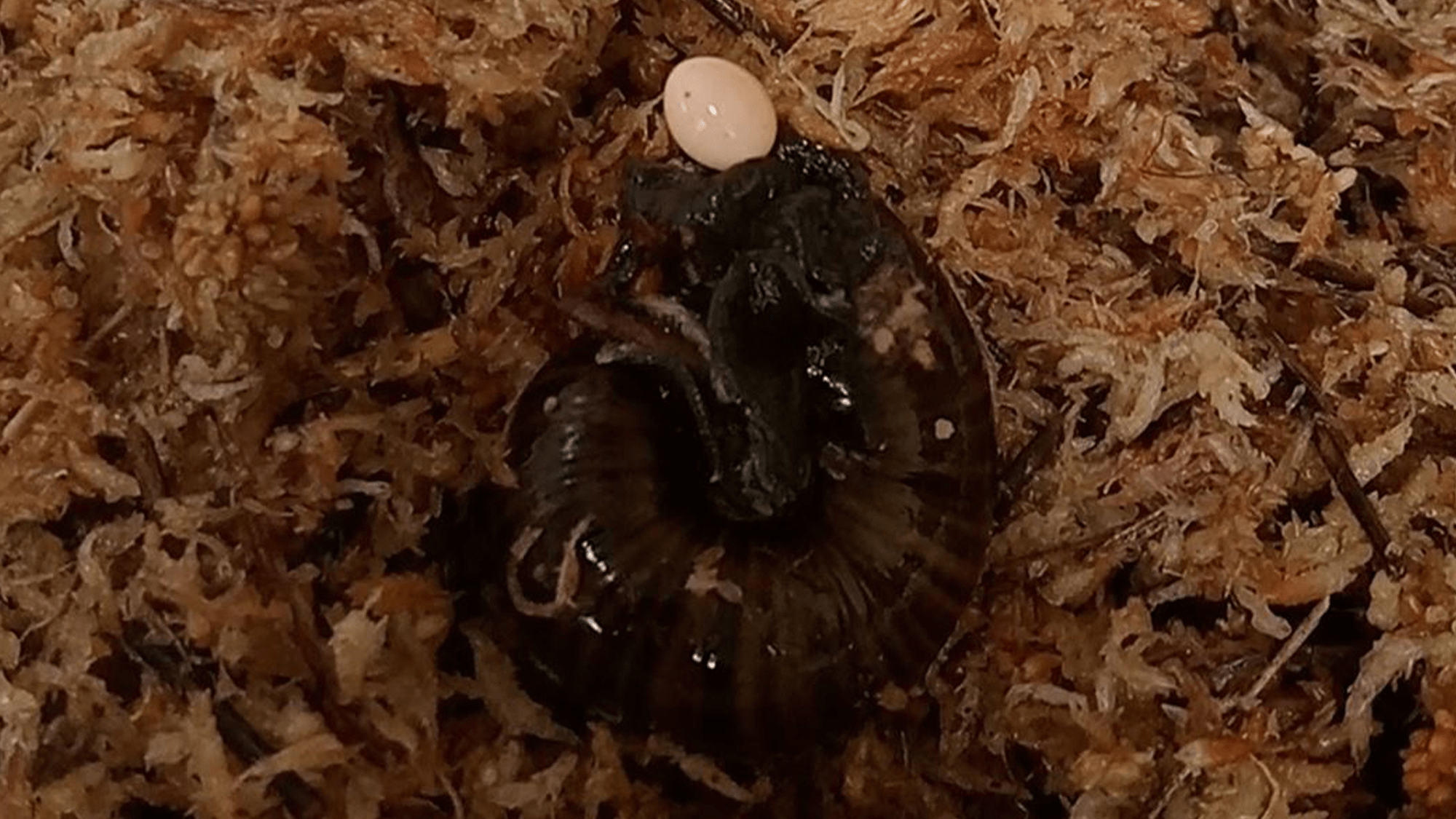Now Reading: Watch: Snail Lays Egg Through Its Neck
-
01
Watch: Snail Lays Egg Through Its Neck
Watch: Snail Lays Egg Through Its Neck

Quick Summary
- Species Spotlight: Powelliphanta augusta,a rare hermaphroditic land snail native only to New Zealand,was recorded laying an egg through itS neck for the first time. Captured by DOC Ranger Lisa flanagan, this event sheds light on the species’ unique reproductive behavior.
- Reproduction Process: The snails feature a genital pore beneath their head for mating and can store sperm from their partner before fertilizing eggs themselves. Although equipped with male and female organs, they typically mate with others to cross-fertilize but may self-fertilize in low-density scenarios.
- biological Traits: These slow-growing carnivorous snails reach sexual maturity at around 8 years old, lay about 5 large eggs annually that take over a year to hatch, and can live up to 30 years under captivity.
- Conservation Efforts: Managed by New Zealand’s Department of Conservation since 2006 due to mining activities threatening their habitat. Captive breeding programs in Hokitika and reintroduction into monitored wild habitats have helped stabilize populations.
Indian Opinion Analysis
The finding of Powelliphanta augusta laying an egg through its neck highlights nature’s remarkable adaptability in overcoming biological challenges such as hard shells limiting reproduction mechanisms. While this story is centered in New Zealand, it carries broader conservation insights for India-another nation immensely rich in biodiversity yet grappling with habitat loss due to human activity.India has several endangered land snail species facing threats from deforestation, urbanization, and industrial projects similar to those seen on Mount Augustus ridgeline. The proactive conservation measures taken by new Zealand’s DOC-such as establishing captive populations followed by monitored reintroductions-serve as potential models for preserving India’s delicate ecosystems while balancing development needs.
By prioritizing careful study of rare species’ life cycles, governments and institutions can improve ecological integration strategies across habitats under threat-a principle relevant not just globally but locally within India’s environmental management systems.






















